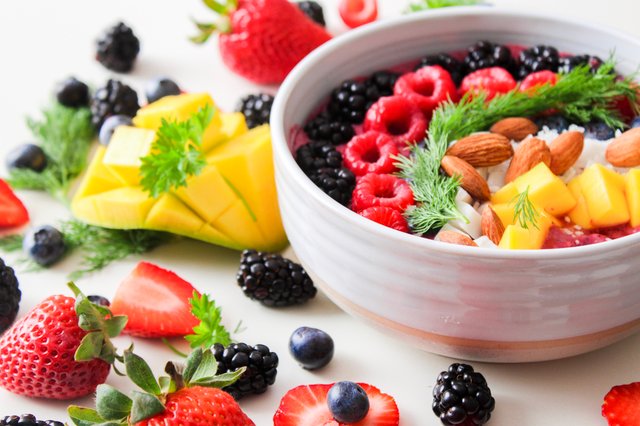If you want your child to extract maximum benefit from his/her Taekwondo or martial arts classes, start paying more attention to their nutrition. Taekwondo is a physically demanding and mentally challenging activity. You must take care of what your child is putting in their body if you want them to perform well. It is going to be an arduous task – but one that will reap the greatest benefits in the future.
Consult a Nutritionist
With the emerging trend of influencers and virtual celebrity-esque experts on the subject of nutrition, there is immense misinformation being spread. Many people have many voices, and knowledge becomes ever-confusing and conflicting. That is why, if you are completely new to the subject consult a trained nutritionist before you make major changes in your child’s diet. Indeed, every age group has different nutritional requirements. Moreover, an expert in the subject can also identify any underlying pathologies that your child may have – food allergies, decreased appetite, or genetic abnormalities. You can also ask your Taekwondo instructor for general advice.
Avoid too much Sugar
Whether your child has a sweet tooth or not. Excessive sugar intake is always a bad idea. With that being said, you can always set limits. If your child is already hooked on having sweets to the extent that he/she also has cake for breakfast, try tapering off the intake, instead of going cold turkey. A sudden switch in diet from processed sugar to nearly zero sugar can make your child irritable and withdrawn. Sugar can be as addictive as drugs – thus, avoid making radical changes to your child’s diet.
You can cut down the more harmful treats such as cookies, pastries, fizzy beverages, and snacks. Every time your child craves for any of these, look for healthier, unprocessed alternatives – like natural juices, raw fruits, and natural sweeteners for homemade desserts.
Be wary of hidden sugars in ketchup, sauces, bread, and pasta. Eating meals containing unprocessed sugars can give your child a sugar rush followed by an extreme crash. This makes him/her lethargic and increases brain fog. Thus, making it difficult for him/her to outperform the opponent.
Finally, if you are still confused about which foods to avoid in your child’s diet. Then you compare the glycemic index of each food with sugar. The latter has a GI of 100, so obviously, any food with a glycemic index above or near this value would be as detrimental to your health as sugar. Once you have helped your child overcome their craving, you can always give them occasional treats without relapsing.
Avoid Saturated Fats
The process of atherosclerotic plaque formation begins in children as young as twelve. Thus, doctors have incidentally found full-fledged plaques in twenty-year-olds as well! To avoid overexertion of the heart in an event of thrombosis or vascular stenosis, be very mindful of the type of diet you are providing your child with. Food high in low-density lipoproteins and saturated fats can initiate the process leading to ischemic heart diseases following endothelial injury. This may not show up in your child’s adulthood, but can be a nuisance later in life. That is why early diet modifications can help evade this problem. add omega three, six, and nine fatty acids in your child’s diet. These include fish, vegetable oils, and any form of fat that is not saturated – or easily put, modified, or thickened. Thus, butter and margarine are a no-go area. An effective cardiovascular system is one of the main pillars of an effective musculoskeletal system and cognitive function!
Calculate Your Child’s Daily Caloric Needs
An easy formula for calculating your child’s caloric needs included his/her height, weight, age, and activity level. You can find numerous free calculators online. Once you put in the values, you get an average number of calories that your child must consume daily in order to maintain their weight. Ramp up these values if your child has a low BMI. Cut out sugar and trans fat if your child is obese. Calculating the caloric value is a good parameter that guides you exactly how to plan meals for your child.
Safe Foods
Now that we’re clear about what to avoid. You must curate healthy meals for your child containing bigger proportions of oats, grains, barley as well as vegetables and fruits. These are a must in every serving of food. Additionally, a variety of proteins including fish, meat, and poultry must be served at least twice a day. While dairy products, eggs, and unprocessed sugars should be consumed at least once a day – as a midday snack or supplement.

